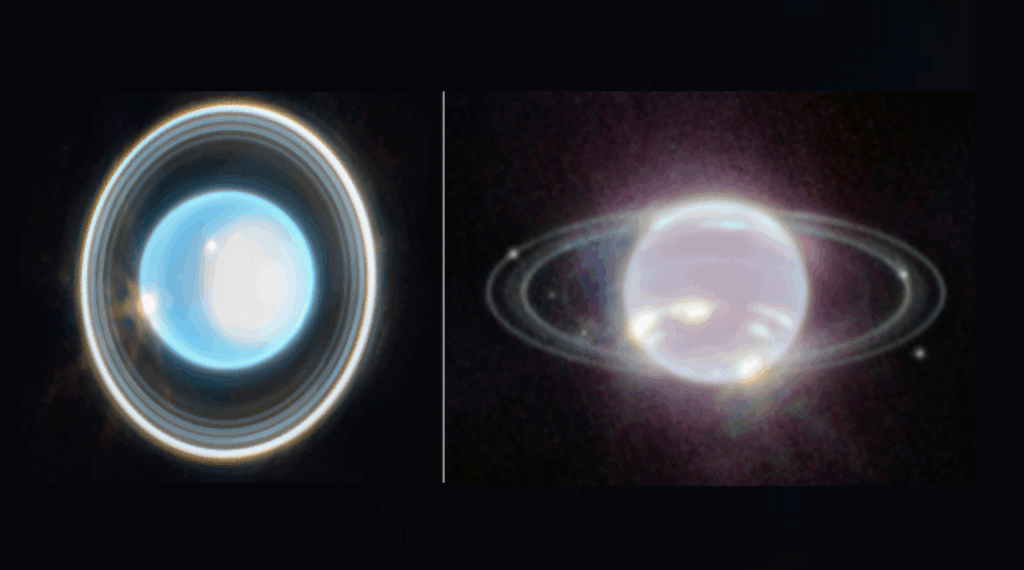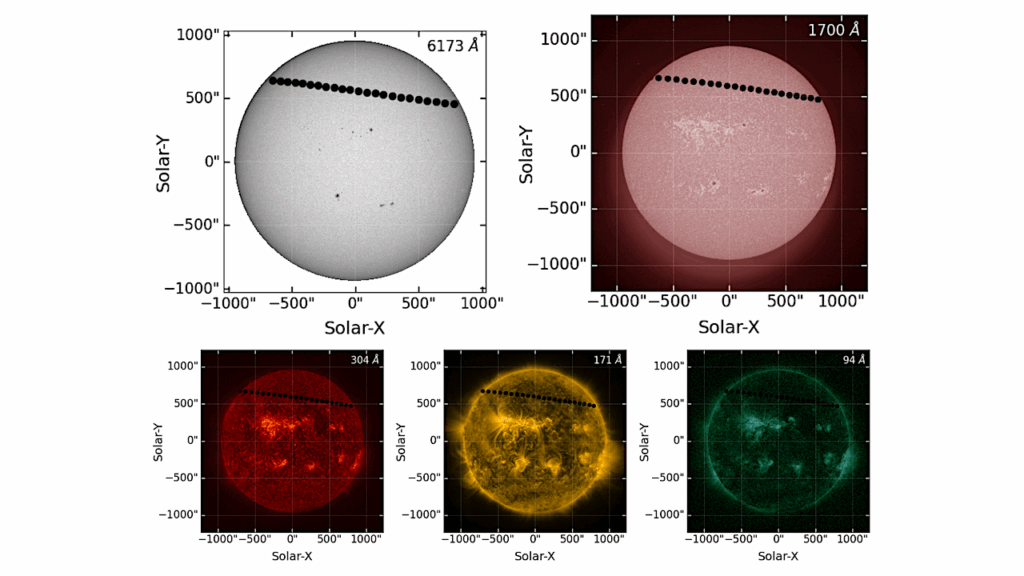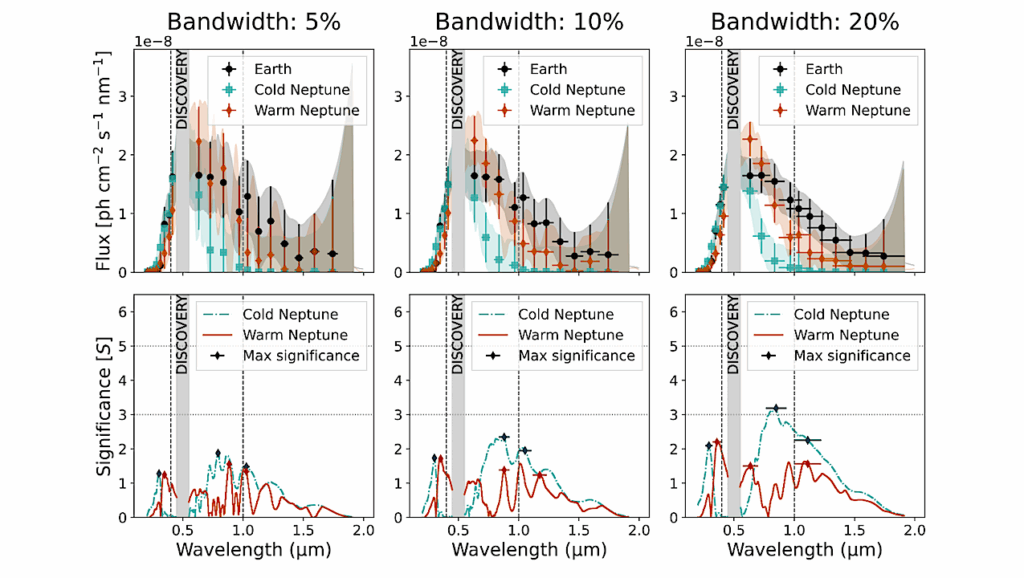Constraints On The Size and Composition Of The Ancient Martian Atmosphere From Coupled CO2-N2-Ar Isotopic Evolution Models

Present-day Mars is cold and dry, but mineralogical and morphological evidence shows that liquid-water existed on the surface of ancient Mars.
In order to explain this evidence and assess ancient Mars’s habitability, one must understand the size and composition of the ancient atmosphere. Here we place constraints on the ancient Martian atmosphere by modeling the coupled, self-consistent evolution of atmospheric CO2, N2, and Ar on Mars from 3.8 billion years ago (Ga) to the present. Our model traces the evolution of these species’ abundances and isotopic composition caused by atmospheric escape, volcanic outgassing, and crustal interaction.
Using a Markov-Chain Monte Carlo method to explore a plausible range of parameters, we find hundreds of thousands of model solutions that recreate the modern Martian atmosphere. These solutions indicate that Mars’s atmosphere contained 0.3-1.5 bar CO2 and 0.1-0.5 bar N2 at 3.8 Ga. The global volume of deposited carbonates critically determines the ancient atmospheric composition.
For example, a ~1 bar CO2 ancient atmosphere with 0.2-0.4 bar N2 requires ~0.9 bar CO2 deposited in carbonates primarily in open-water systems. With the joint analysis of C, N, and Ar isotopes, we refine the constraints on the relative strengths of outgassing and sputtering, leading to an indication of a reduced early mantle from which the outgassing is sourced.
Our results indicate that a CO2-N2 atmosphere with a potential H2 component on ancient Mars is consistent with Mars’s geochemical evolution and may explain the evidence for its past warm and wet climate.
Trent B. Thomas, Renyu Hu, Daniel Y. Lo
Comments: 27 pages, 11 figures, 2 tables, Accepted to The Planetary Science Journal
Subjects: Earth and Planetary Astrophysics (astro-ph.EP); Atmospheric and Oceanic Physics (physics.ao-ph); Geophysics (physics.geo-ph)
Cite as: arXiv:2302.04241 [astro-ph.EP] (or arXiv:2302.04241v1 [astro-ph.EP] for this version)
Submission history
From: Trent Thomas
[v1] Wed, 8 Feb 2023 18:15:54 UTC (1,602 KB)
https://arxiv.org/abs/2302.04241
Astrobiology








